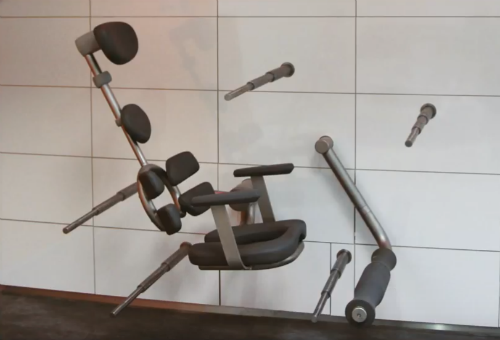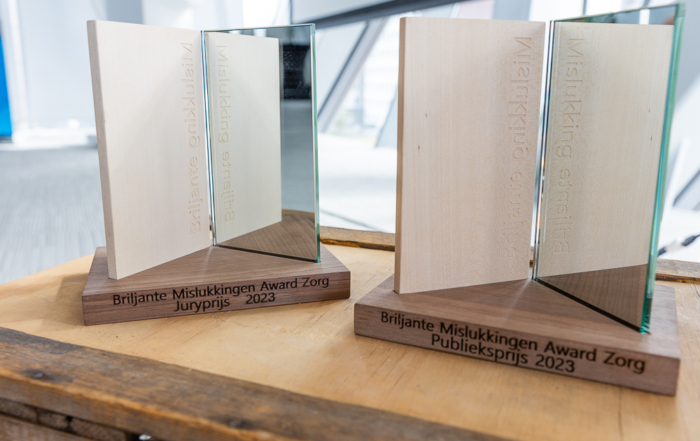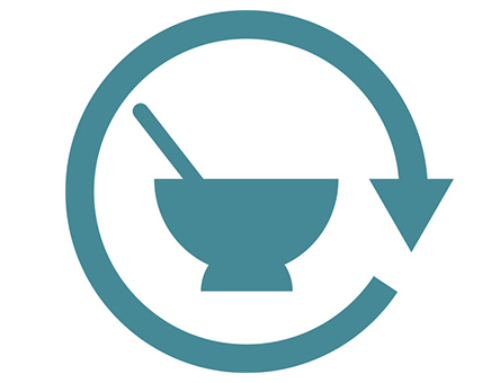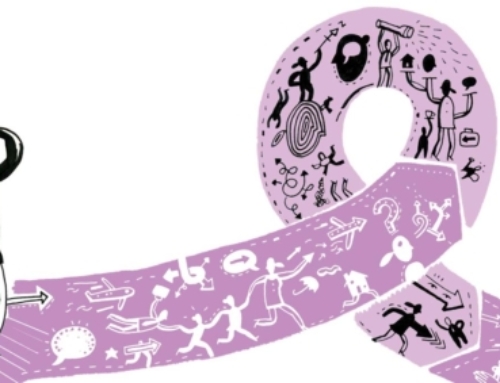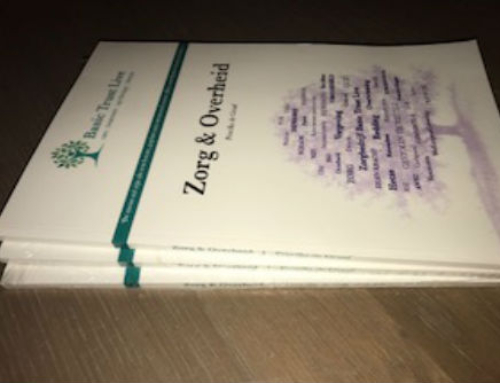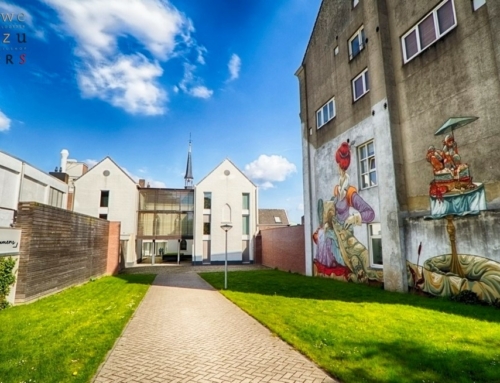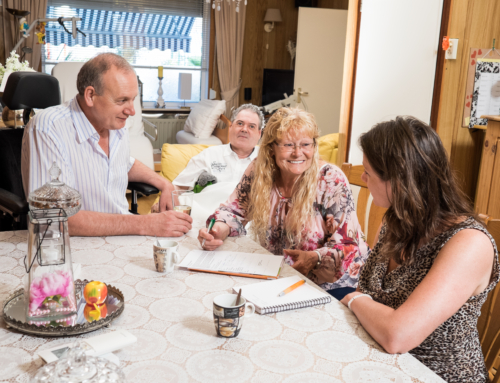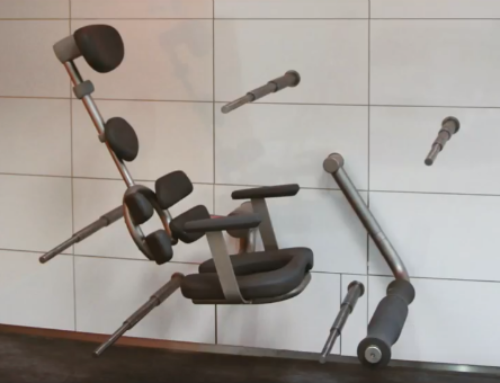The intention
Over the centuries, various private and private parties have attempted to restore the area that we now know as the beautiful nature reserve 'Het Naardermeer'.’ monetize it by drying it out.
17the century:
In the 17th century, the Golden age, Amsterdam expanded enormously and there was a lot of wealth. There was an increasing need for land in the wider area of the city. Drying lakes was popular; this created land that was suitable for agriculture and as an investment. One Jan Adriaansz Leeghwater, had already successfully drained a lot of lakes and now decided to venture to the Naardermeer.
19the century:
In 1883 did Jan Willem Hendrik Rutgers van Rozenburg, living on the Herengracht in Amsterdam a new attempt to conquer nature.
The approach
17the century:
In 1623 started work, first a dike was put around it, then a reservoir water was dug and finally six windmills were built along the side and just pumping. It turned out to be a tough job due to the complex groundwater patterns. After about six years, the puddle was finally a polder.
19the century:
In 1883 a steam pumping station was built. Straight canals were dug with a dredger to ensure the drainage of water runs smoothly.
The result
17the century
In 1629 the Spaniards advanced towards Amsterdam. To defend the region, the Dutch water line was filled with water again. And so the disappeared “Naarderpolder” and it just became a Naardermeer again. The results were to the full satisfaction of the wealthy citizens, the Spaniards never reached Amsterdam and they were slowly but surely expelled from the north of the Netherlands under the leadership of Frederik Hendrik.
19the century
When the lake has finally dried up with the help of the steam pump, soon turns out, that the polder does not have good agricultural land. This appears to acidify extremely quickly through a chemical oxidation process. The harvest has a poor quality that also yields very little due to the economic crisis. Furthermore, the pumps also have to be continuously monitored, for the seepage of brackish water from the hills is so great, that only constant pumping can keep things dry. Two and a half tons of gold poorer stops Rozenburg 1886 the pumps and in a few weeks the Naardermeer is back again.
In 1904 the municipality of Amsterdam wants to buy the Naardermeer because they need space for a garbage dump. That “worthless lake” as they describe it, does she seem like a good option?.
At that time, one of the first environmental action groups in this country was also created, led by Jac.P.Thijsse and Elie Heimans.. They realized which one unique nature reserve the Naardermeer was and started a counter lobby.
The city council eventually voted against the garbage dump proposal with 18 against 20 to vote.
The two gentlemen environmental activists then moved on and managed to raise enough money to buy the lake and so it was 22 april 1905 the Association for the Preservation of Natural Monuments was founded in Amsterdam and the first major purchase was on the Naardermeer 3 september 1906 for the sum of 155.000 gulden.
The Naardermeer area is a refuge for many vulnerable animal species and less common plants. Wild animals with complicated, unfortunately unnegotiable demands on their environment.
The lessons
The Naardermeer, so inconveniently located between a number of large population centers,
is currently again the subject of political discussion because of the plans to tunnel under the connecting road (A6- A9) next to the Naardermeer. Even now, emotions are running high…
In any case, the eventful history of the area shows that nature has won over every attempt to monetize the area up to now..
Further:
http://www.leiden.pvda.nl/nieuwsbericht/2841
http://home.planet.nl/~krijn058/naardermeer.htm
Author: J. Thijsse
OTHER BRILLIANT FAILURES
Wellness shower – after rain shower comes sunshine?
Intention Designing an independent fully automatic and relaxed shower chair for people with a physical and/or mental disability, so that they can shower alone and above all independently instead of 'mandatory' together with the healthcare professional. [...]
Brilliant Failure Award Healthcare – 20 to stop coming up with new advice 2024
Wednesday 20 In November, the Brilliant Failure Awards for Healthcare will be organized for the tenth time by the Institute for Brilliant Failures.
Brilliant Failure Award Healthcare – 20 to stop coming up with new advice 2024
Wednesday 20 In November, the Brilliant Failure Awards for Healthcare will be organized for the tenth time by the Institute for Brilliant Failures.


